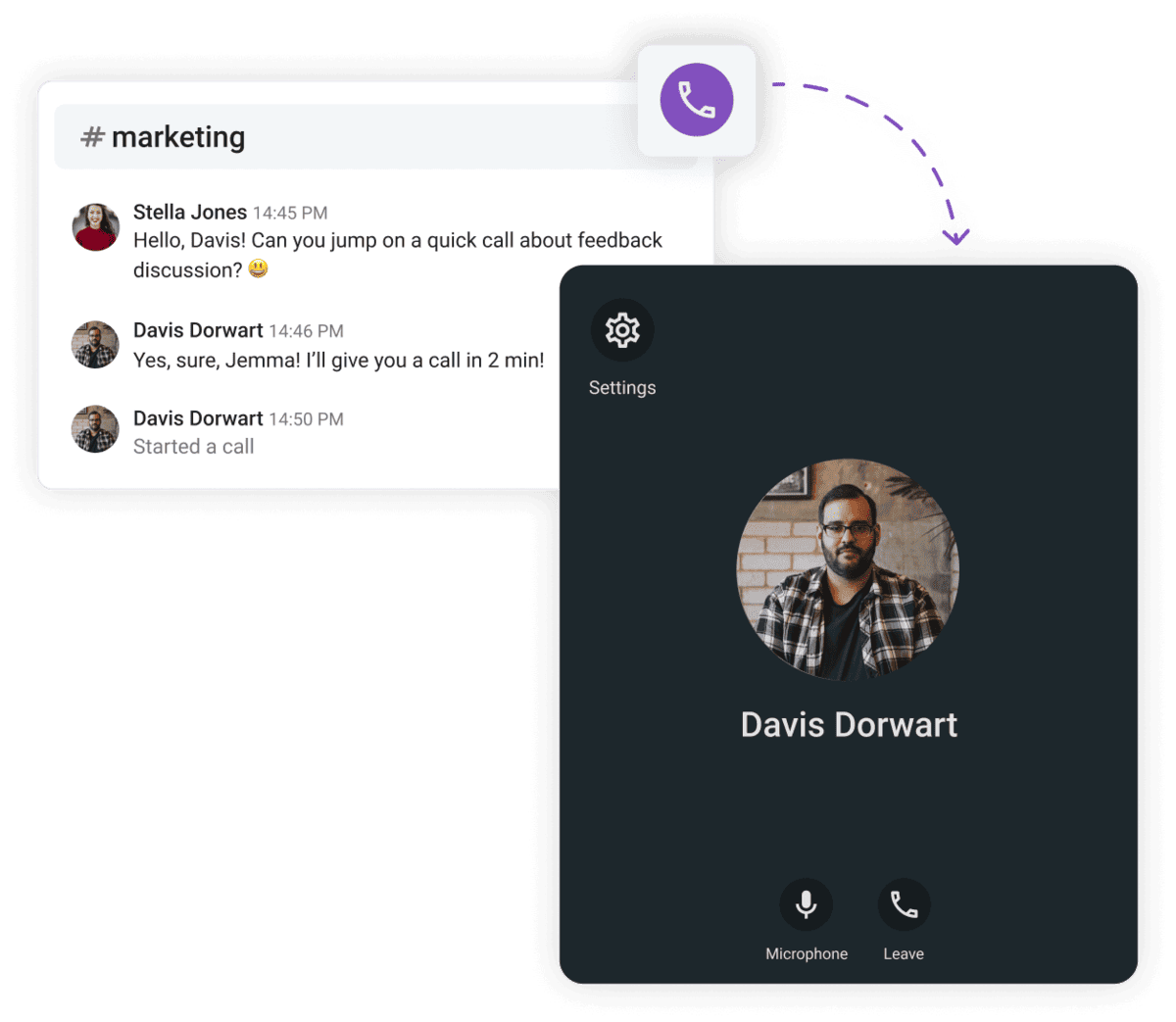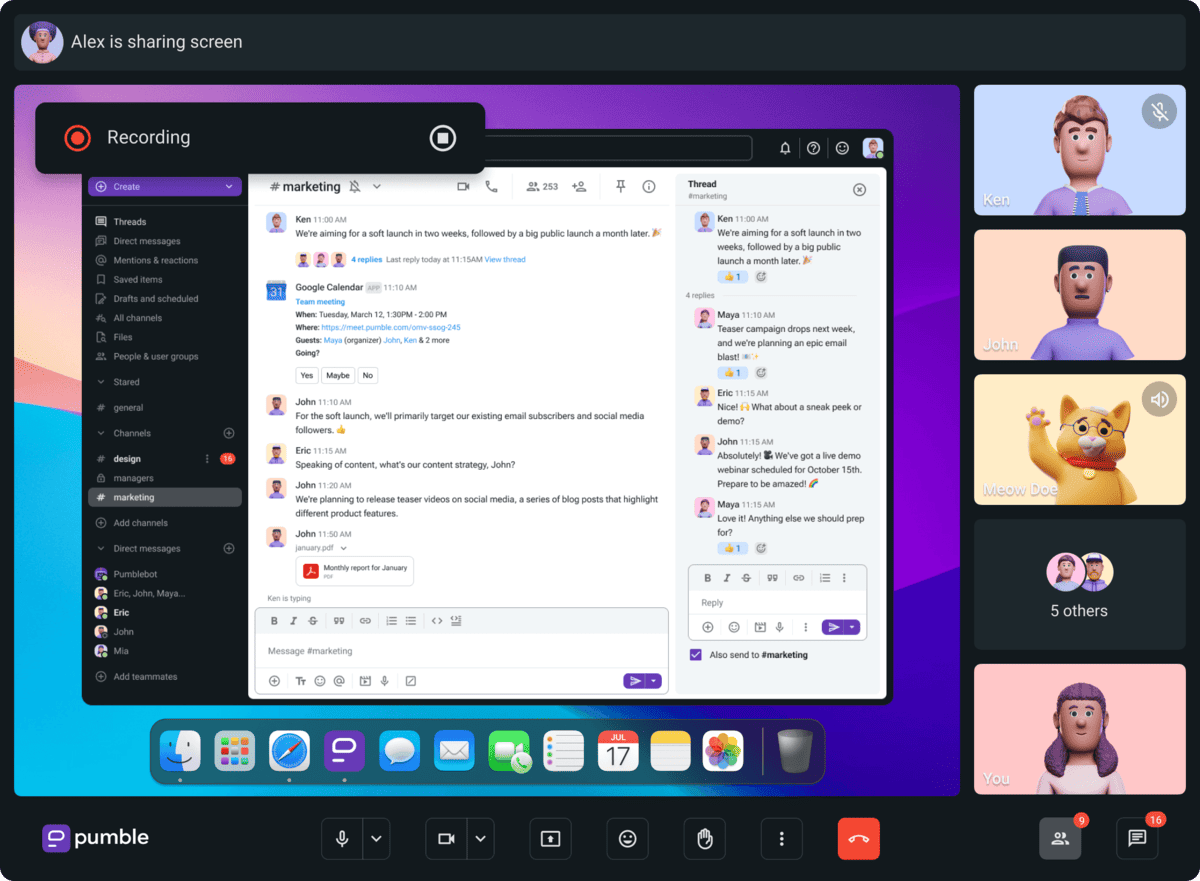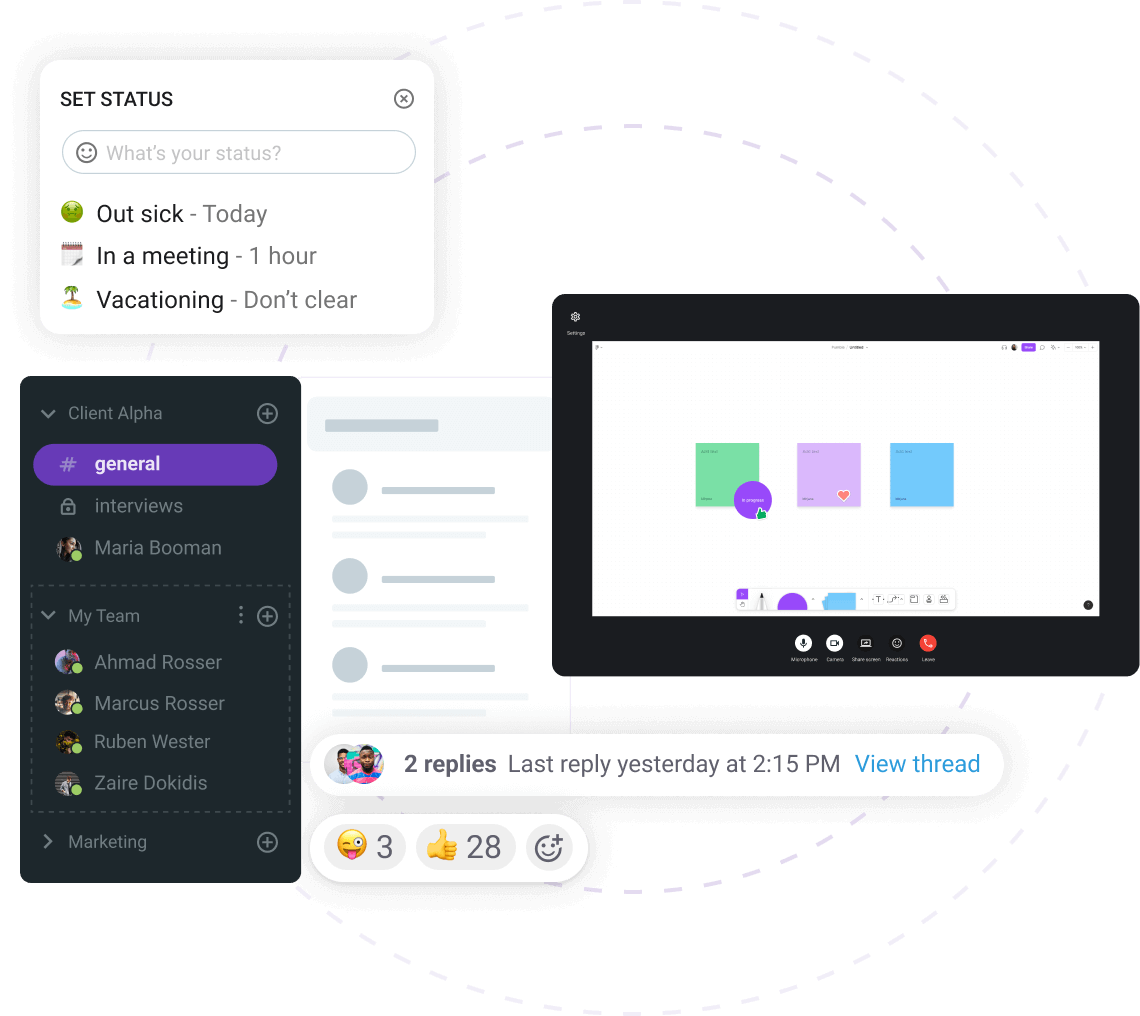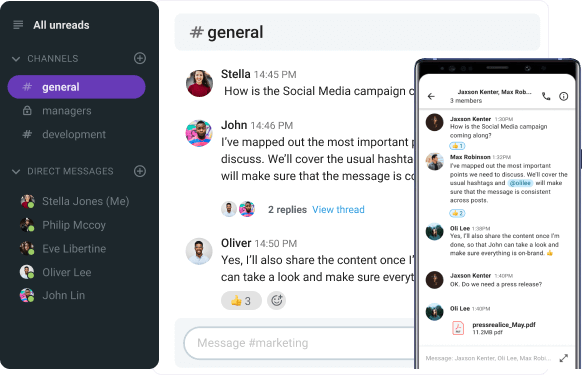The success of any business lies in its people. Are your people happy?
Employee experience impacts everything from morale to productivity and retention. When your employees feel valued and supported, they can bring their best selves to work every day.
In this post, we’ll break down:
- Why employee experience is so important,
- The steps you can take to improve it, and
- The benefits you can see when you prioritize employee experience.
Let’s get started!

Table of Contents
What is employee experience?
Employee experience (EX) is the sum of all interactions and moments an employee has within a company that shapes how they feel about their job.
It includes:
- Cultural experiences with coworkers, leaders, and HR,
- User experiences with workplace technology, and
- The physical workspace environment.
A positive employee experience creates a supportive environment where employees feel valued and motivated. It leads to greater employee engagement, productivity, and retention, as well as overall employee satisfaction.
Essentially, employee experience is the employee-centric equivalent of customer experience. Just as companies strive to offer exceptional customer experiences, forward-thinking organizations recognize the importance of creating positive experiences for their employees.
Improving employee experience should always be in the forefront of your mind as a team or company leader.
Engage your employees over Pumble
💡 Pumble Pro Tip
To find out more about employee engagement and get the latest information and statistics around it, check out our guide:
5 Ways to improve employee experience
Improving employee experience involves creating a supportive, engaging environment where employees feel heard, valued, and motivated.
Here are 5 effective ways to enhance employee experience.
#1: Foster open and effective communication
Encourage open and transparent communication at all levels of the organization.
Make sure that:
- Leaders are in constant communication with their teams, and
- Team members feel comfortable reaching out to each other as well as to those in higher positions.
To truly foster open communication, establish:
- Regular check-ins,
- Anonymous feedback options, and
- Open-door policies.
That will allow employees to freely share their thoughts and feel connected to each other and the overall direction of the organization.
HR expert and co-founder, Jamie Jacobs, stresses the immense significance of effective communication in the process of creating a healthy remote employee experience:

“Making time for check-ins, opening up a conversation to answer questions they may have, and even asking something simple like how their week is going to make a huge difference in employee engagement and creates a better understanding of expectations and responsibilities from both sides.”
She also stresses the importance active listening, which is a major contributor to open communication:

“Mastering the skill of listening is just as important in an employee’s experience. Not only listening, but taking action based on the employee’s needs, wants, questions, and/or concerns is a critical factor in making employees feel heard and understood. These two things go hand in hand and, when done well, employees will notice, be more loyal, and feel appreciated in their role.”
#2: Provide consistent feedback and recognition
Regular feedback helps employees understand their progress and feel recognized for their contributions.
As a leader, you can:
- Schedule periodic one-on-one feedback sessions via video or voice calls,
- Deliver feedback in a constructive and actionable way and make sure to share the action plans with the employee, and
- Recognize and celebrate achievements publicly in dedicated channels.

Hold feedback sessions over Pumble
Creating an open-door policy can also be beneficial, especially for remote workers, as it gives them the opportunity to give or receive unscheduled feedback, according to Melissa Dexter, Chief People Officer:

“In order to make sure team members feel involved, communication — and even overcommunication — is crucial. Let employees know you always have an open virtual door for a quick check-in or a longer collaborative discussion. Creating that open-door culture in a remote environment is tough, but continual reminders will resonate with staff and help them feel as though they are a major part of the team.”
💡 Pumble Pro Tip
To learn more about how to give constructive feedback, read our blog post:
#3: Involve employees in decision making
When employees are included in decisions affecting their work, they feel a greater sense of ownership and alignment with the organization’s goals.
You can easily involve your team members in decision making by seeking their input on projects, policies, or operational changes, and emphasizing that their perspectives matter.
For example, you can invite team members to participate in video calls where important decisions are being made and invite them to give their opinion on matters that will affect them later on.

And, when there is a change in operations, make sure to communicate it thoroughly and share the documents and information that hold the important details.
This collaborative approach demonstrates respect for your employees’ contributions and empowers them, providing a deeper connection to the company’s goals.
#4: Design an engaging and individualized onboarding experience
Starting early with good communication and integration into company culture during employee onboarding is key to a long-lasting positive employee experience.
An engaging onboarding process helps new hires feel welcomed and prepared from day one.
Your ideal onboarding experience should cover the details of:
- Job expectations,
- Company culture, and
- Team dynamics.

Onboard new employees easily over Pumble
You can also assign mentors or onboarding buddies to guide new employees, helping them feel at ease and connected to the team.
Furthermore, an individualized onboarding experience should be carried on to an employee’s overall experience in the company, even in remote work models. Talent strategist Megan Leasher emphasizes an individualized approach to building a positive remote employee experience:

“Remote work, flexible working hours, and other flexible work arrangements have communicated to employees that their employers listen to, understand, and accommodate what they desire out of their personal and work lives. What ‘balance’ looks like to one person is not likely to match others’ views and what ‘flexibility’ means to one person is very likely different than if you asked others. Individualized approaches are the cornerstone to a great remote work experience; individuals are heard and help craft the story of what they want their remote experience to be and feel like.”
A thoughtful onboarding experience plus an individualized approach to employees sets the stage for:
- Long-term engagement,
- Satisfaction, and
- Positive employee experience.
💡 Pumble Pro Tip
For an in-depth analysis of onboarding new employees, including the benefits, steps, and best practices during onboarding, check out our blog post:
#5: Invest in effective communication tools
Reliable and effective communication tools are a must, especially for remote and hybrid teams.
Tools such as messaging platforms, video conferencing solutions, and project management software all help teams work together effectively and stay aligned on projects.
With these tools in place, you can:
- Break down communication barriers by facilitating effective and timely communication,
- Reduce misunderstandings by having a shared knowledge base, and
- Keep teams focused on their shared goals by enabling easy collaboration.

Communication tools are especially helpful for remote and hybrid teams, helping everyone feel supported and engaged no matter where they’re working.
A talent management expert, HR consultant, and writer, Melanie Haniph shares an interesting perspective on the role of communication tools in building the perfect remote employee experience:

“The best way to create a great employee experience for remote workers is to offer several options for them to connect. Don’t assume that everyone communicates or collaborates the best via Zoom. Collaboration platforms such as Trello and Pumble, or even the old-fashioned phone call or email, can also do the trick. These alternatives also spare employees from ‘Zoom fatigue’ and feeling like they always have to be on and camera-ready.”
Using communication tools also supports a more inclusive work culture, where every employee can share ideas and contribute to projects regardless of their location.
Good communication tools simplify workflows and strengthen team communication and collaboration by enabling quick, easy, and effective communication.
Benefits of improving employee experience
Employee experience is crucial because it shapes how employees feel about their work and workplace, influencing their motivation, productivity, and loyalty.
A positive employee experience creates an environment where employees feel:
- Happy,
- Motivated, and
- Supported.
This leads to better outcomes and numerous benefits for your employees and your company.
Let’s go over some.
- Increased employee engagement — Employees who feel supported and valued tend to be more engaged, actively contributing to the company’s goals and fostering a positive culture.
- Higher productivity — A positive EX boosts morale, making employees more motivated and productive in their roles.
- Reduced turnover — Satisfied employees are more likely to stay, reducing turnover costs and retaining organizational knowledge.
- Stronger company culture — When employees have a good experience, they contribute positively to the culture, which attracts new talent and promotes internal growth.
- Better customer satisfaction — Happy employees lead to happy customers — employees who feel valued are more motivated to provide excellent service. We all know what it’s like when an unhappy employee is trying to provide a good customer experience — it often falls short.
- Enhanced innovation — Supportive environments encourage employees to share ideas, driving creativity and innovation across the company.
When you prioritize employee experience and satisfaction, you can yield these lasting benefits and shape a healthier and more successful organization.
Improve your employee experience with Pumble
Improving employee experience is key to building a positive, productive workplace where everyone feels valued and connected.
With the right strategies and tools, you can create an environment that promotes engagement, collaboration, and communication.
Pumble is an all-in-one communication tool designed to streamline team interactions and enhance the employee experience.
You can stay connected with your team, collaborate easily, and build strong relationships with Pumble’s powerful features such as:
- Video calls — Hold insightful feedback sessions and effective, interactive onboardings.
- Direct messages — Connect with your team members for quick, everyday updates.
- Channels — Brainstorm with your team in threads, or celebrate achievements together.
- File sharing — Build a comprehensive knowledge base and easily search through it with powerful search options.
Take the next step in transforming your workplace culture and helping your employees thrive — try Pumble today!







